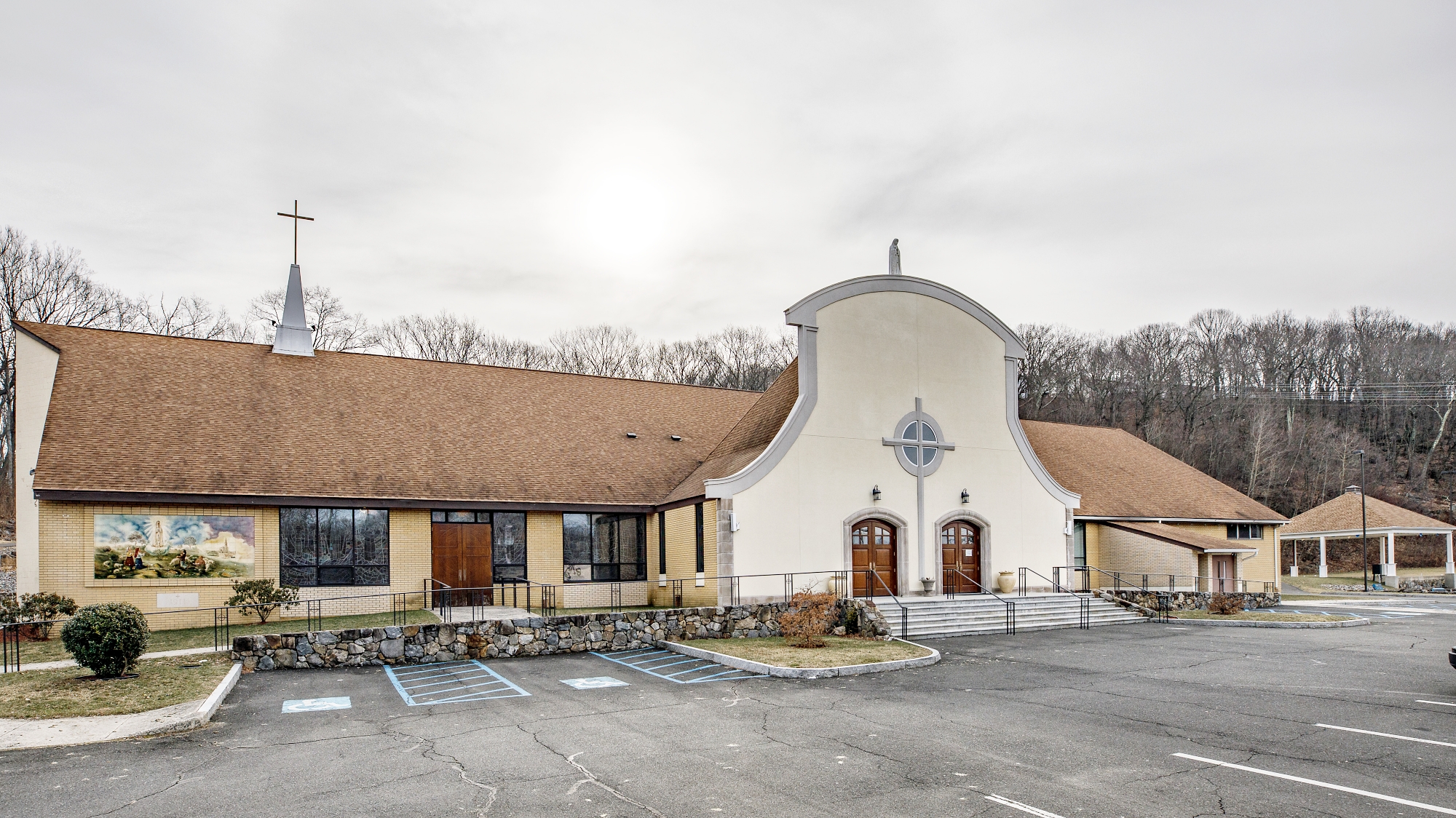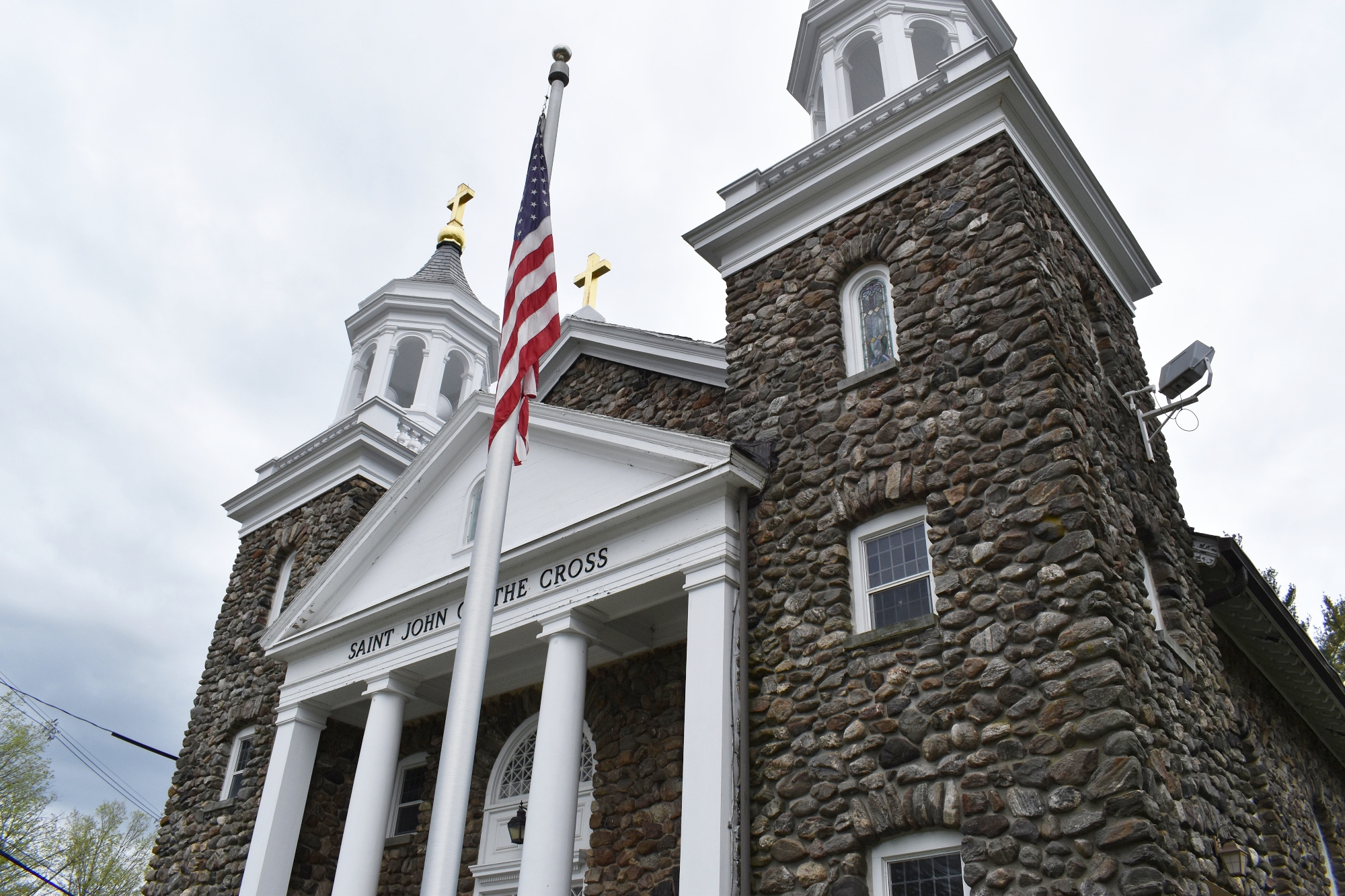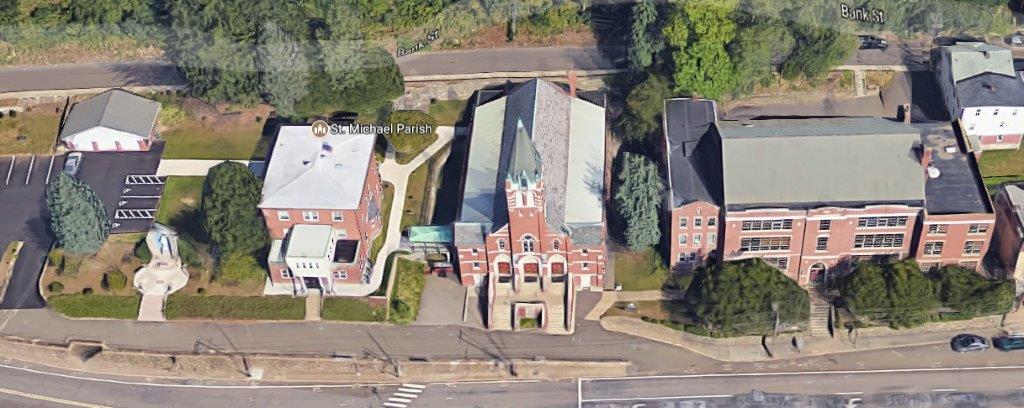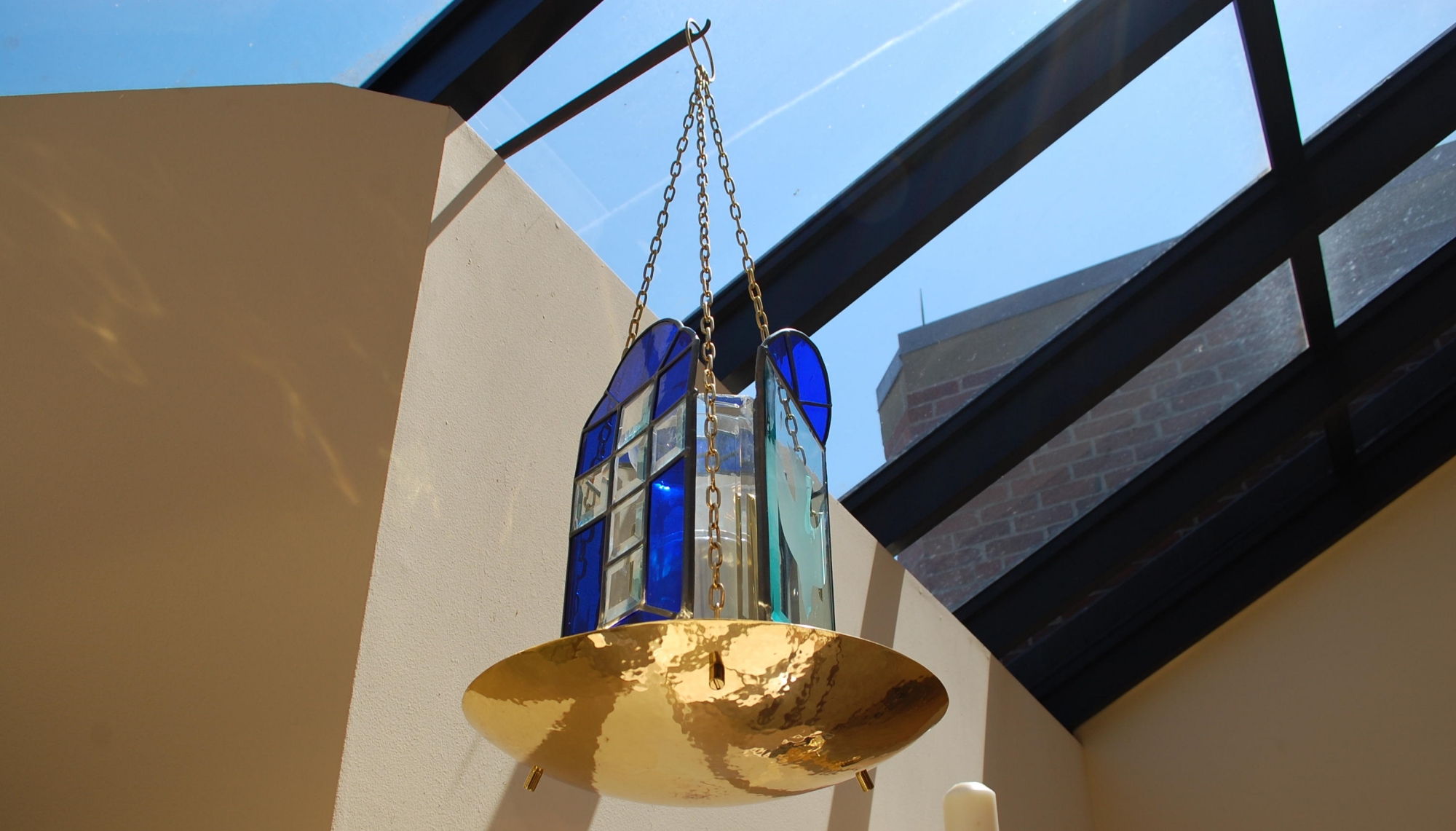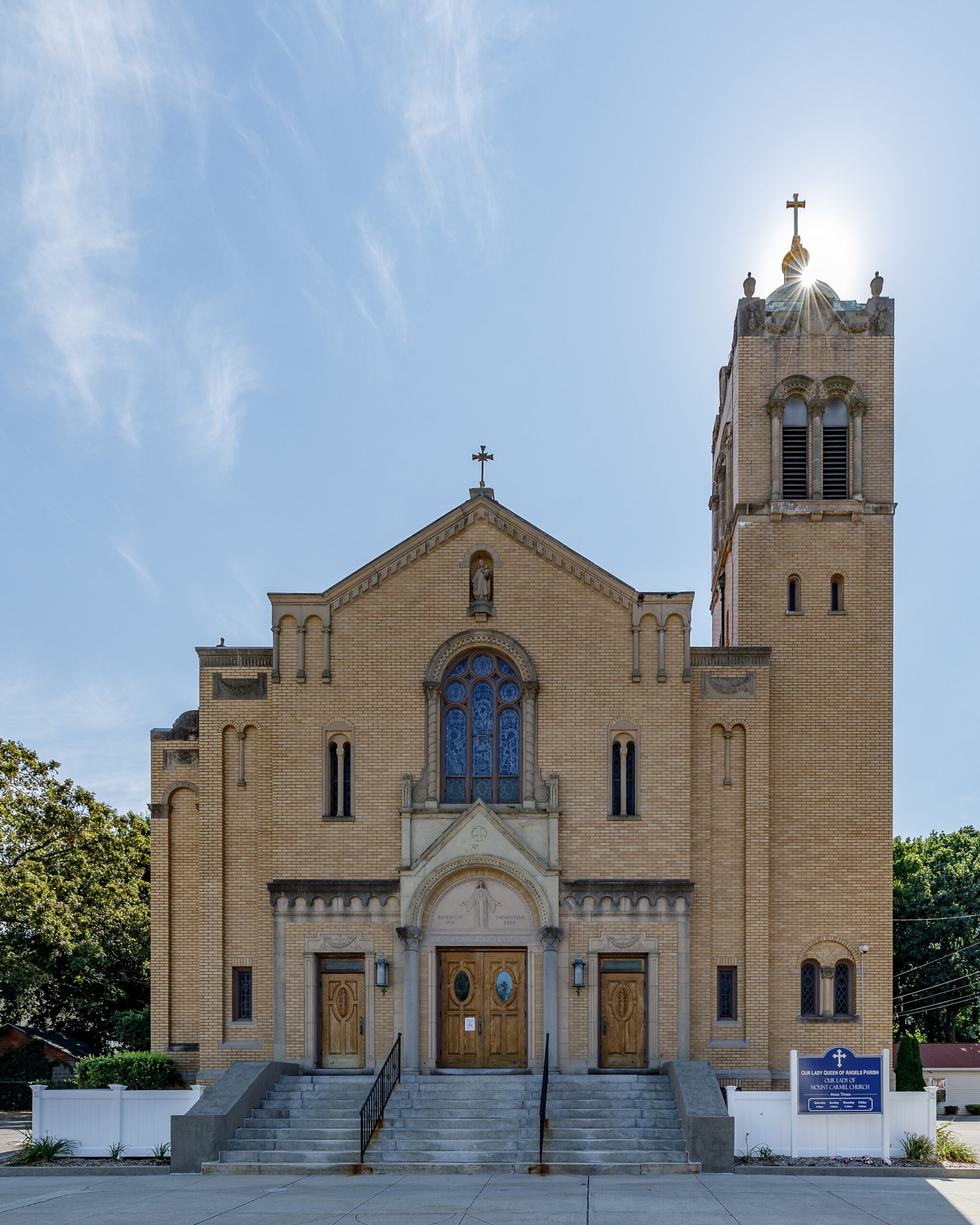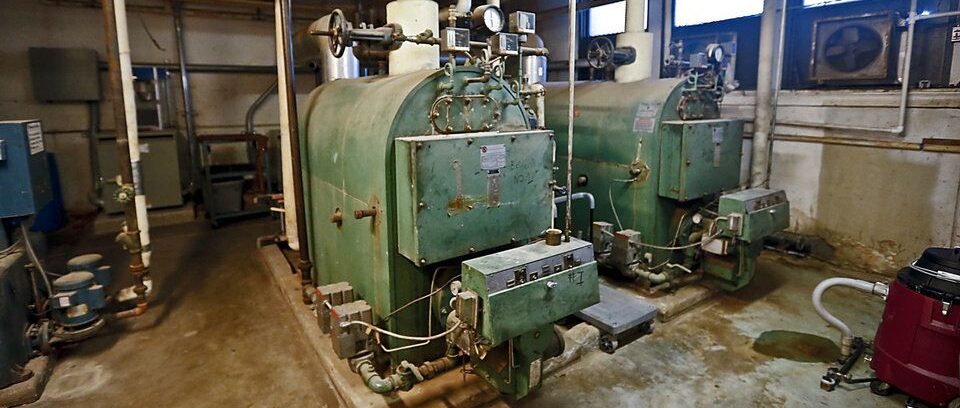Capital Planning is the process of budgeting resources for the future of an organization’s long-term plans. Capital planning for a church includes budgeting for new and replacement machinery, additions to buildings, and major restorations of existing buildings and grounds. A capital plan is a vital tool that will improve stewardship of your parish’s physical assets. Use a capital plan to:
- Reveal the true cost of properly maintaining your buildings.
- Reliably predicts the useful life and replacement costs of the parish’s major building component.
- Establish a strong reserve fund using fiscal discipline, setting aside appropriate funds to offset the accumulated deterioration of physical assets.
Waiting for building components to fail, such as roofs and asphalt, might seem like a sound strategy. Financial resources are devoted to ministry while physical assets remain in the background, fulfilling their intended purposes. It’s only when building failures start to occur that the issue comes to light. These failures come as a “surprise” even though the remaining useful life and replacement costs of the major components can be predicted with great reliability.
Certainly, capital assets are easy to forget about. However, a reactive approach typically equates to expensive deferred maintenance. Perhaps this chart reminds you of the pitfalls resulting from avoiding the inevitable:
To avoid unexpected maintenance events and the associated costs, take a stewardship approach to your organization’s physical assets. See this overview to understand the process of developing a capital plan, and populate this sample spreadsheet with your own data for projecting expenses over time.
Pastors, please contact us if you need assistance with developing your capital plan and associated budget. For a jumpstart, see the Resources portal for the Capital Projection Questionnaire, a practical form for organizing and standardizing information for your plan.

